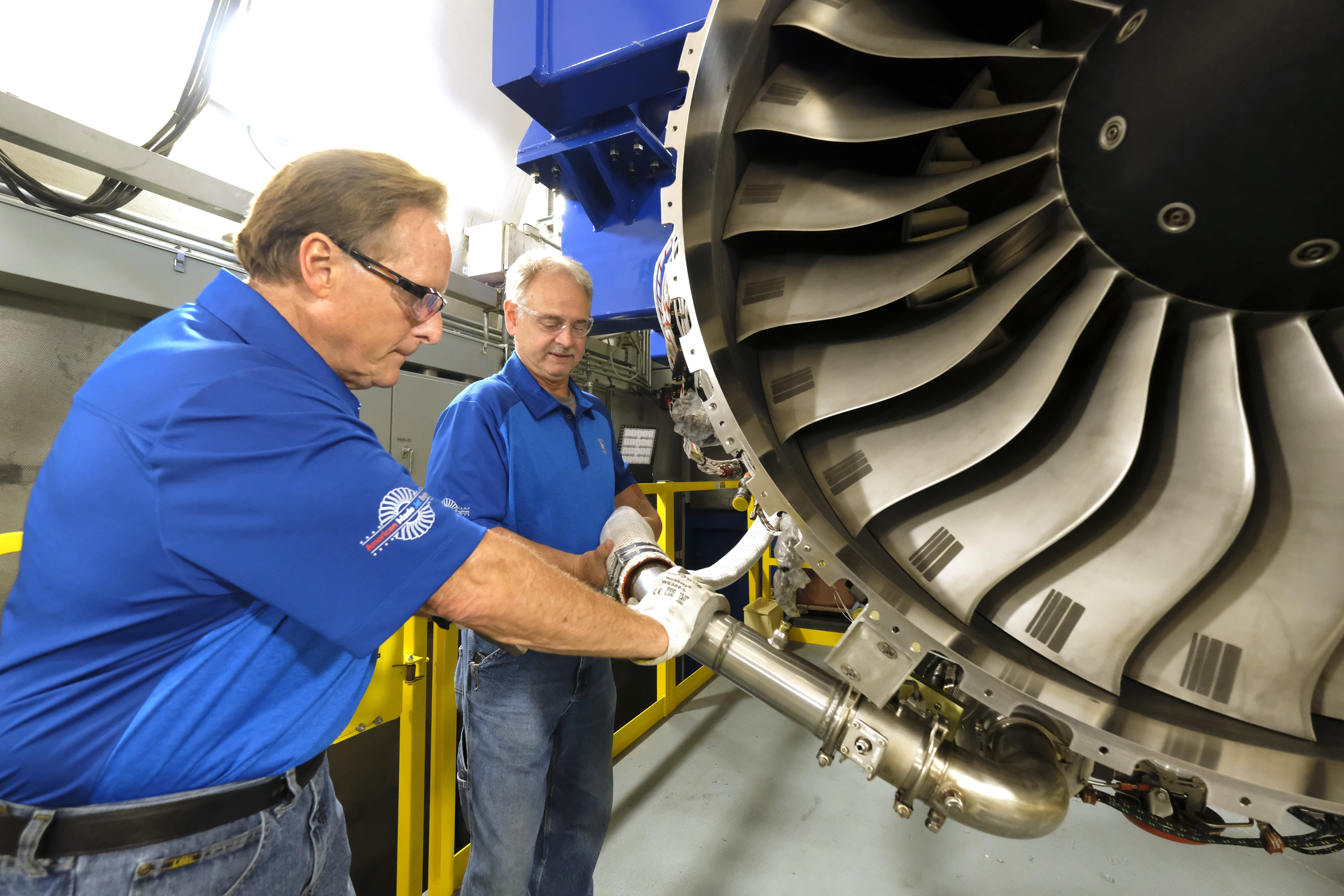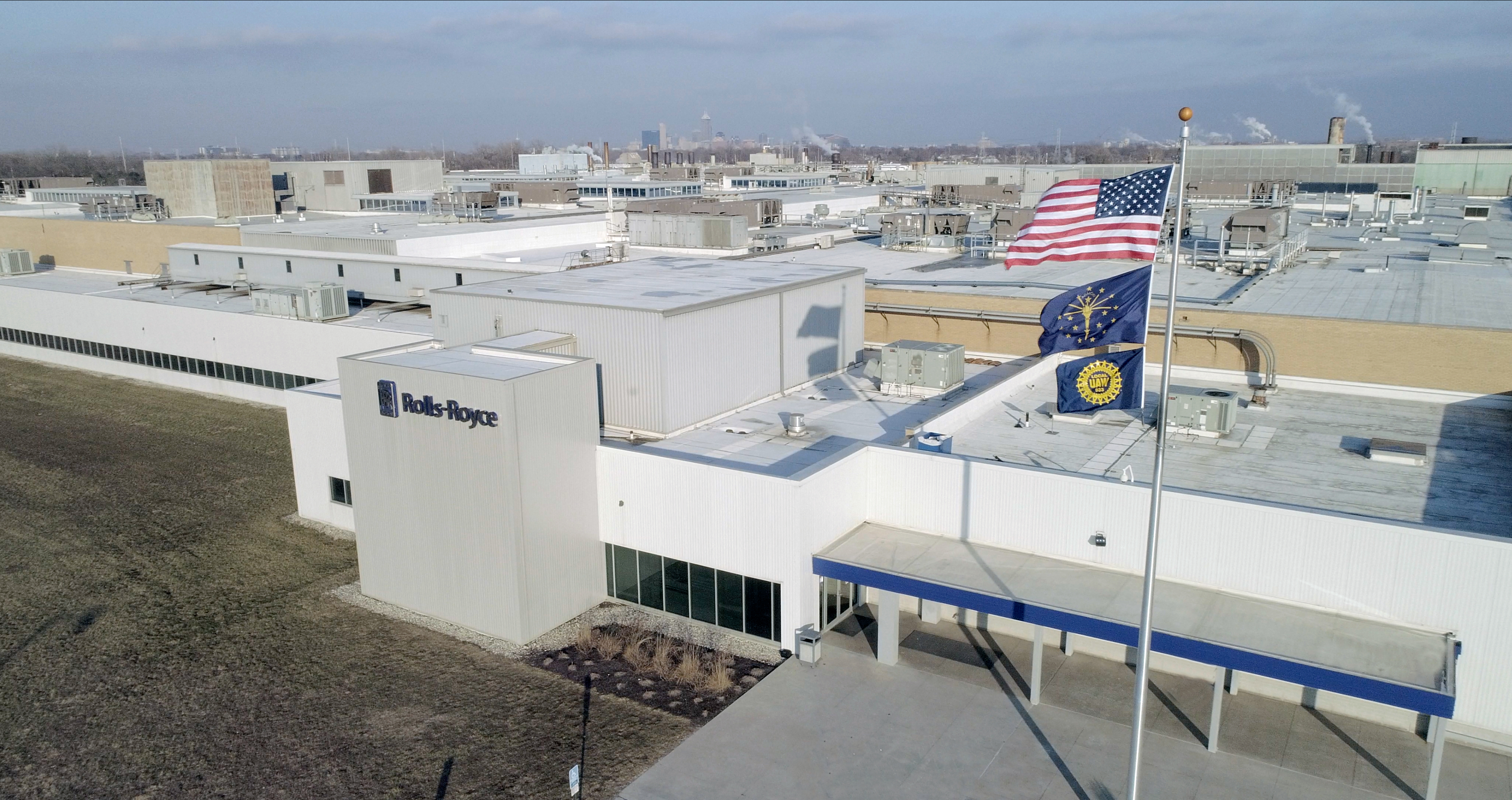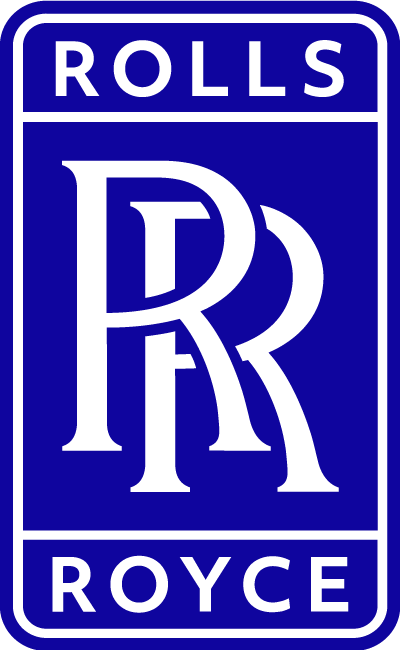
The Rolls-Royce F130 engine, based on the commercial BR725 powerplant, is the company’s candidate for the B-52 CERP program. Photo by Alan Petersime
Craig McVay is Senior Vice President of Strategic Campaigns for Rolls-Royce Defense. He is a retired Marine Corps fixed-wing aviator and in this Q&A discusses how the company is bringing advanced technology and support to the USAF B-52 re-engining program.
Breaking Defense: Why is the B-52 re-engining program so important for the Air Force?
McVay: The B-52 fleet will play a critical role in the U.S. Air Force’s strategic plan for decades to come and the Commercial Engine Replacement Program (CERP) will enable these iconic aircraft to remain in service. The fleet will need new, improved engines to extend the lifespan of the aircraft – highly reliable powerplants that match the airframe well, offer a modern design, and provide highly fuel-efficient operation.
Breaking Defense: Which engine has Rolls-Royce offered for the CERP?
McVay: Rolls-Royce will offer the F130 engine, a military version of our commercial BR725 powerplant. The F130 family of engines is already operating in the Air Force fleet on other aircraft, so it is known to be a proven, reliable product. The Rolls-Royce BR700 family of engines, from which the BR725 derives, has been extremely reliable in commercial business aviation operations and the entire fleet has amassed over 27 million engine flight hours. That’s an impressive record of dependable service. It’s so dependable that once an F130 engine makes it onto the wing of a B-52, the engine may never require removal during the remaining lifetime of the aircraft.
Breaking Defense: But what about installing new Line-Replaceable Units?
McVay: Like any modern commercial Rolls-Royce engine design, the F130 significantly increases engine time-on-wing for the B-52. Longevity is a given and the engines are designed to easily last for the remaining life of the B-52 fleet. The F130 design includes quick, flightline access to Line-Replaceable Units, or LRUs, on the engine – no engine removal required. The F130 engine is a maintainer’s engine, and a pilot’s engine – all with unprecedented time-on-wing and the resulting high level of readiness.
Breaking Defense: What makes the F130 engine design a good fit for the B-52?
McVay: It’s not only a good fit, but we consider the F130 the perfect fit. It operates at similar thrust levels to the aircraft’s current engine. It is also the right physical size for the aircraft, which will reduce drag, as well as reduce wing / nacelle design and stress risk. In addition, the F130 has the perfect balance of proven reliability and the benefits of a modern design. The Air Force will enjoy all of these key attributes with Rolls-Royce’s B-52 CERP propulsion solution.
Breaking Defense: What has Rolls-Royce already done to reduce risk for the CERP program?
McVay: To begin with, the F130’s design will considerably reduce risk for the engine integration onto the airframe and the B-52 mission. Beyond that, we have gone ‘all in’ on the digital engineering side. That brings efficiency and speed to the design process, and completes required tasks more quickly. The significant amount of design time we have already performed has complemented the physical and digital testing already completed to de-risk the program. With hundreds of thousands of hours of digital engineering work behind us, we are well ahead of schedule for the F130 engine development at this point of time.

The F130 will be an American-made engine – engineered, produced, and supported at Rolls-Royce’s primary U.S. facilities in Indianapolis, IN.
Breaking Defense: Does this apply to the maintenance and training side as well?
McVay: Absolutely – Rolls-Royce has already developed virtual reality training software for the engine to be used by B-52 maintainers. This will prove invaluable in training new maintainers while reducing cost and risk, and increasing safety. But even more importantly, the virtual reality system will provide real-time, 24/7, global-support capabilities for maintainers around the world. No matter where the aircraft are deployed, maintainers will be able to connect with Rolls-Royce technical experts via the VR training system – so our techs can ‘see what they see’. This will enhance communication, increase efficiency, and improve aircraft availability. A similar training software system for Rolls-Royce engines on Air Force C-130J aircraft is already in operation and has been well received by airmen.
Breaking Defense: Where will Rolls-Royce manufacture the F130 engines if the company wins the competition?
McVay: The F130 will be an American-made engine – engineered, produced and supported at our primary U.S. facilities in Indianapolis, IN. We just completed the significant modernization of our Indianapolis facilities, creating a manufacturing site tailor-made for this engine line. Our facilities are among the most efficient and high-tech of any Rolls-Royce site worldwide. In fact, visitors to our new facilities tell us that our new Supercell robotic manufacturing unit is the most advanced technology they have seen in any aerospace facility anywhere in the industry. Needless to say, we’re very excited and quite proud to offer this advanced manufacturing capability to the U.S. Air Force; our facilities will be the perfect solution for efficiently producing F130 engines.
In addition, Rolls-Royce is one of the founders and leaders in the DoD-industry high-tech consortium known as Manufacturing x Digital (MxD), which is acutely focused on digital manufacturing. This puts Rolls-Royce at the forefront of the latest developments in advanced manufacturing. Rolls-Royce continues to utilize a value-driven approach in implementing digital technologies. The aim is to reduce risk, cost, and delivery time.
Breaking Defense: Environmental impacts from aviation continue to be of growing concern both globally and from the Department of Defense and the Air Force. How is Rolls-Royce addressing these concerns?
McVay: Rolls-Royce is absolutely committed to the environment and aims to achieve net-zero carbon use, in our operations, by 2030. There are two key elements of this, and both are important and linked to each other. First, Rolls-Royce has been focused on improvements in fuel efficiency and reduced environmental impact for a long time. Every new generation of our commercial engines, for example, includes reductions in fuel burn to lower the environmental impact. We are also championing electrification – developing, testing, and innovating technologies and systems together with partners to create the electric propulsion and energy systems for tomorrow. Second, these advancing electric capabilities will benefit the warfighter because electric motors are inherently quieter – translating to more lethality for special missions. While there are no specific requirements from the Air Force at this moment, our company will continue to pursue these capabilities for the future.






















